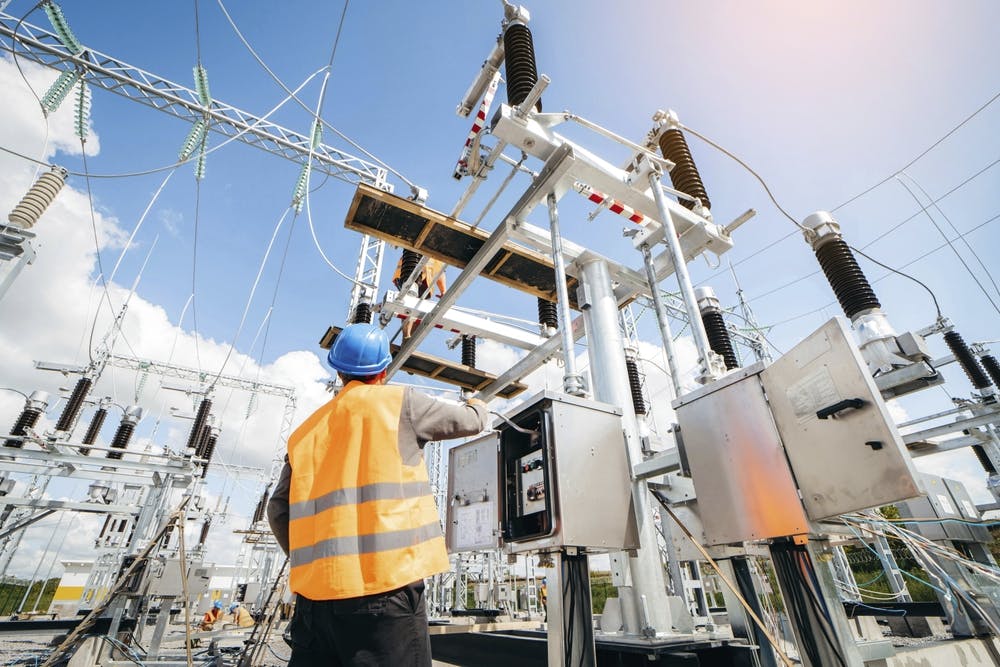How to Leverage Tech Without Displacing Workers
Although emerging technologies can benefit the economy, experts argue for diverse solutions to protect workers.

As organizations increasingly implement automated technologies, artificial intelligence and other new technologies, a panel of workforce experts argued before House representatives Wednesday for a series of innovative and preemptive actions Congress and employers should take to prevent technology-driven displacement of workers.
Witnesses at a House Education and Labor Committee Higher Education and Workforce Investment Subcommittee hearing praised the benefits that automation will bring to the economy, but argued that Congress needs to get ahead in establishing proper guardrails to prepare workers for the more automated workplace and economy of the future.
James Paretti, treasurer of the Emma Coalition — a nonprofit organization that prepares U.S. businesses for technology-induced displacement of employees (TIDE) — argued that TIDE is changing workplaces faster than ever and that disruption caused by tide will affect all workers, regardless of class, race, location, age or industry.
Among arguments for establishing education and skilling programs that will guide Americans toward success in the jobs market of the future, data analytics may have a place.
“We are convinced that data analytics will be crucial in responding to TIDE,” Paretti said. “We need to determine how we can use data to identify at a granular level which jobs are most susceptible to displacement, what jobs are likely to replace them, what skills are necessary for success in these new jobs, what sort of upskilling is necessary to close the gap … and how do we effectively deliver what will enable displaced workers to succeed?”
Focusing efforts to prepare workers for technological change in the workplace is an important area to focus on. For AFL-CIO Working for America Institute Executive Director Brad Markell, technology itself is not the issue, but rather the human implementation and rules that shape technological issues.
“We must focus on understanding how tasks will change within occupations to make sure that incoming workers get the skills they need to stay employed and to be clear about the new skills needed in occupations that can employ displaced workers, no matter why they are displaced,” Markell said.
In addition to increasing funding for worker training, policymakers need to understand and set guidelines for deploying advanced technologies within the workplace, said Nova Gattman, deputy director for Workforce Training and Education Coordinating Board External Affairs. She added that lawmakers should also modernize workers support systems to adapt to the changing nature of the economy and support small and mid-sized businesses with resources to support their workers as the economy shifts.
Concrete solutions, such as incumbent worker training — or employer-driven worker skills training designed to respond to changes in market conditions — and lifelong learning accounts that help pay for education-related expenses, are key ways that organizations can stay ahead in protecting their employees in the future, Gattman said.
Despite the caution witnesses raised about worker displacement from technology and automation, some also underscored that automation has successfully aided certain industries, such as health care.
“I think the health care industry is a great example of the role of AI in improving outcomes across the board,” Paretti said. “Through the use of artificial intelligence robotics, you now have surgeons and others who are able to perform much more complex surgeries than they’ve ever done in less time, with better patient outcomes and better results.”
Creating a balance between implementation of technologies like AI and establishing human-centered and human-required positions for employees is important for yielding the best results in industries like health care.
“What [AI] has allowed for is a development of skills in other areas, whereas you no longer need a nurse necessarily walking the halls to hand out pills. That can be taken care of,” Paretti said. “What you do need is someone to more fully engage with the patient on a holistic basis and work with them toward managing whatever’s got them there [and] toward their treatment.”
To create a balance between worker interest and implementation of technology, the witnesses argued that both policymakers and employers need to invest in the proper worker support systems, training programs and education initiatives to keep Americans prepared and upskilled for the future.
Both Subcommittee Chair Susan Davis and Ranking Member Lloyd Smucker echoed the witnesses’ arguments in their own statements.
“As automation and other emerging trends continue to disrupt our economy in new ways, we must reshape workforce programs to help all workers at risk of displacement to secure in-demand skills,” Davis said, adding that promoting career guidance and federal investment in workforce development are also crucial.
“While we must acknowledge the problems associated with displacement and work to address them, our first step must be to help workers to acquire the skills and knowledge they need to get off the sidelines and into one of the millions of jobs that are open today across the nation,” Smucker added. “The skills gap is exacting a heavy toll on American families and institutions. It is impeding growth, promoting economic inequity, jeopardizing the American dream, and creating real anxiety about the future of work.
This is a carousel with manually rotating slides. Use Next and Previous buttons to navigate or jump to a slide with the slide dots
-

IRS Tax Filing Pilot Part of Digital-First Customer Experience Plan
Many taxpayers increasingly expect flexible, easy and self-directed digital interactions, agency leaders said.
5m read -

Federal Agencies Make the Case for Quantum
Amid development of emerging technologies like AI and machine learning, leaders see promise in quantum computing.
6m read -

Cyber Incident Reporting Regulation Takes Shape
An upcoming CISA rule aims to harmonize cyber incident reporting requirements for critical infrastructure entities.
5m read -

Connectivity Drives Future of Defense
The Defense Department is strategizing new operating concepts ahead of future joint force operations.
8m read








